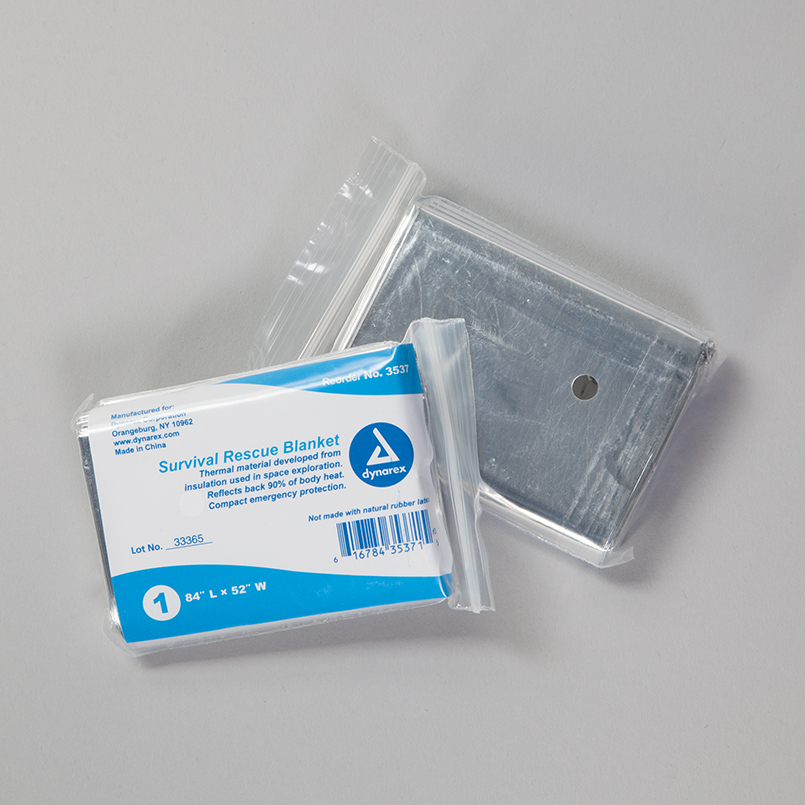Car Wreck First on Scene: What to Do Pt 2
*This is Part 2 of a 3-part series. Click Here for Part 1. Come back next week or click here for Pt 3.
Cars Don’t Explode
If you’ve seen an action movie, you know well how vehicles explode at the very slightest provocation. In reality, car manufacturers try very hard to come up with designs to ensure this doesn’t happen. It’s bad business to produce vehicles the blow up.
I’m sure its possible, given the right conditions, but you shouldn’t be attempting to drag a casualty from a car because you’re worried its gonna blow.
This is often the first place most first responders go since they’ve been so conditioned by Hollywood, but unless the car is on fire or there is some other danger, don’t try to move the casualty. And advise them to sit as still as possible to avoid spinal injuries.
Since the victim would likely die in a car fire, it’s acceptable to risk a spinal injury and pull them from the vehicle because it’s the only alternative to death.
Don’t forget the trauma shears in your medical kit. They work great for cutting seat belts.
Protecting the Spine

Since head injuries are so common in motor vehicle collisions, assume the spine is also injured.
I once spoke with a career California Highway Patrol Officer who told a story of approaching the scene of an accident. The injured driver had self-extricated from the wrecked car and was sitting alongside the road. When the officer approached, he asked if the driver needed medical attention.
The driver shook his head no, then collapsed dead. The broken bones in the victim’s spine sheared through the spinal cord causing irreparable damage when he twisted his head.
From this small story we can infer a few teaching points:
- The victim may not know they are injured, it's the duty of the first responder to attempt keeping the victim from further injury. If they try to remove themselves from the car, advise them to stay where they are, not to move their neck or back, and wait for EMS to arrive with the proper equipment.
- There might not be anything you could have done. From the previous example we can see the officer did nothing wrong. But the victim still died.
In the dark nights that tend to follow a situation like this, it may be easy to point the finger at ourselves as the reason the casualty died. However, it’s important to understand there are many situations where the odds are too stacked against the victim and there was very little, or nothing that could have been done to help them survive.
You can’t and won’t save everyone. But that’s okay. We simply do our best and let the situation play out.
Bleeding Control
If you’re the prepared first responder with a medical kit in your car, make sure to grab it as you head to the scene of the wreck. Bleeding is still a primary concern and must be treated if the victim is to survive.
To make the most difference, a tourniquet (or 5) is a good thing to have on hand. Limbs can become trapped as the metal twists and folds around the casualties and can make TQ application difficult. You may need to disconnect the TQ so it can be threaded around the limb to stop blood loss.
If you don’t have a TQ, apply direct firm pressure over the wound if possible, and don’t let up until EMS arrives with one. For head wounds, don’t apply pressure since the skull may be fractured or you risk driving bone fragments into the brain.
Hypothermia Protection
Emergencies, and especially car accidents, tend to happen more often when conditions are bad. At night during an ice storm is a rough place to rescue someone, but the job still needs to be done.
Keeping the casualty warm until the authorities arrive might be the only thing you can do to help, but this is an important one. If the casualty becomes too cold, it can significantly reduce their ability to survive their injuries.
Having a spare blanket in your car for this and a hundred other situations is a great idea, or to save on space, an emergency blanket works well and are inexpensive. Pile up coats or do whatever else you can think of to keep the victims warm.
This is Part 2 of a 3-part series. Click Here for Part 1. Come back next week or click here for Pt 3.

